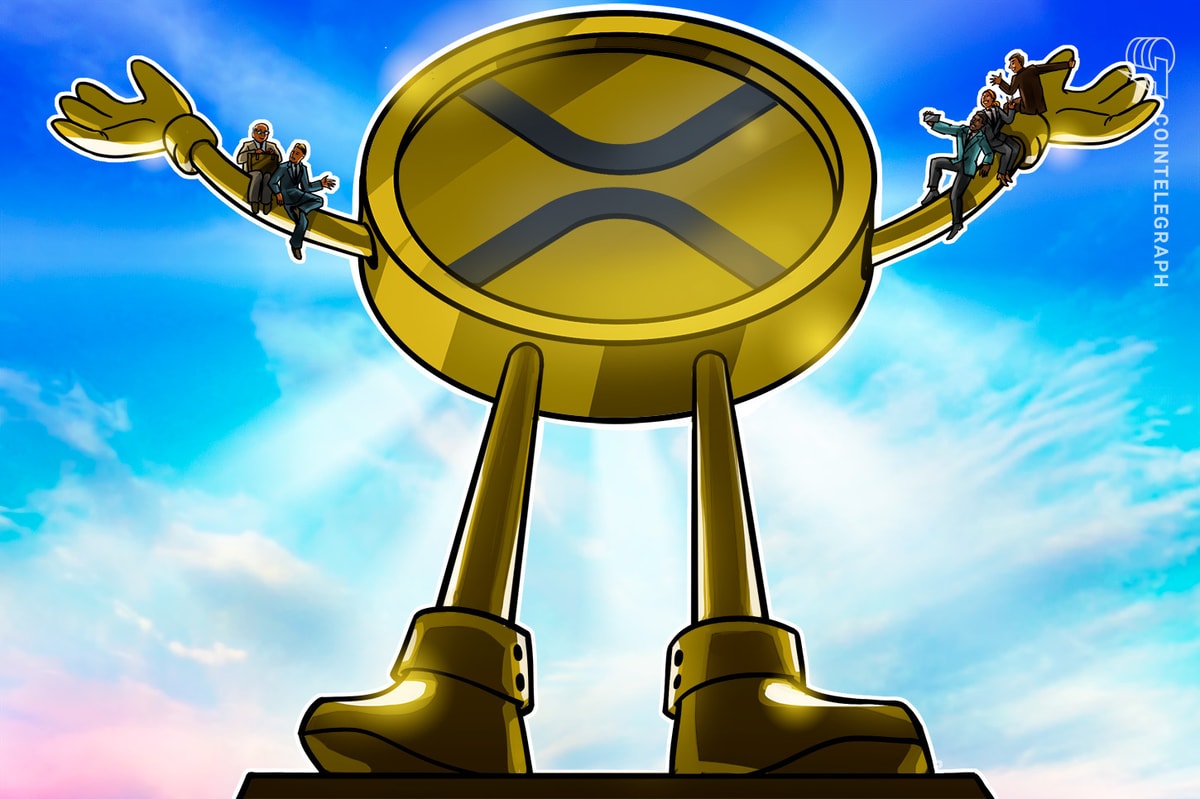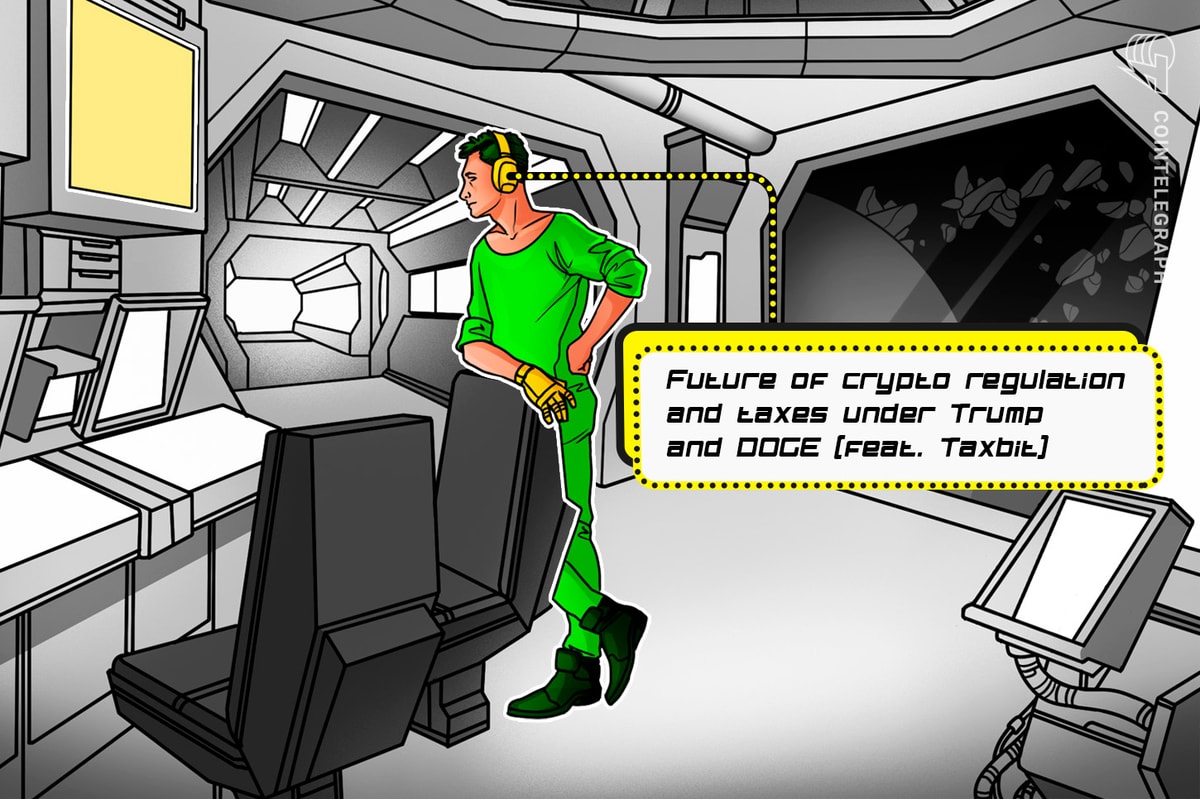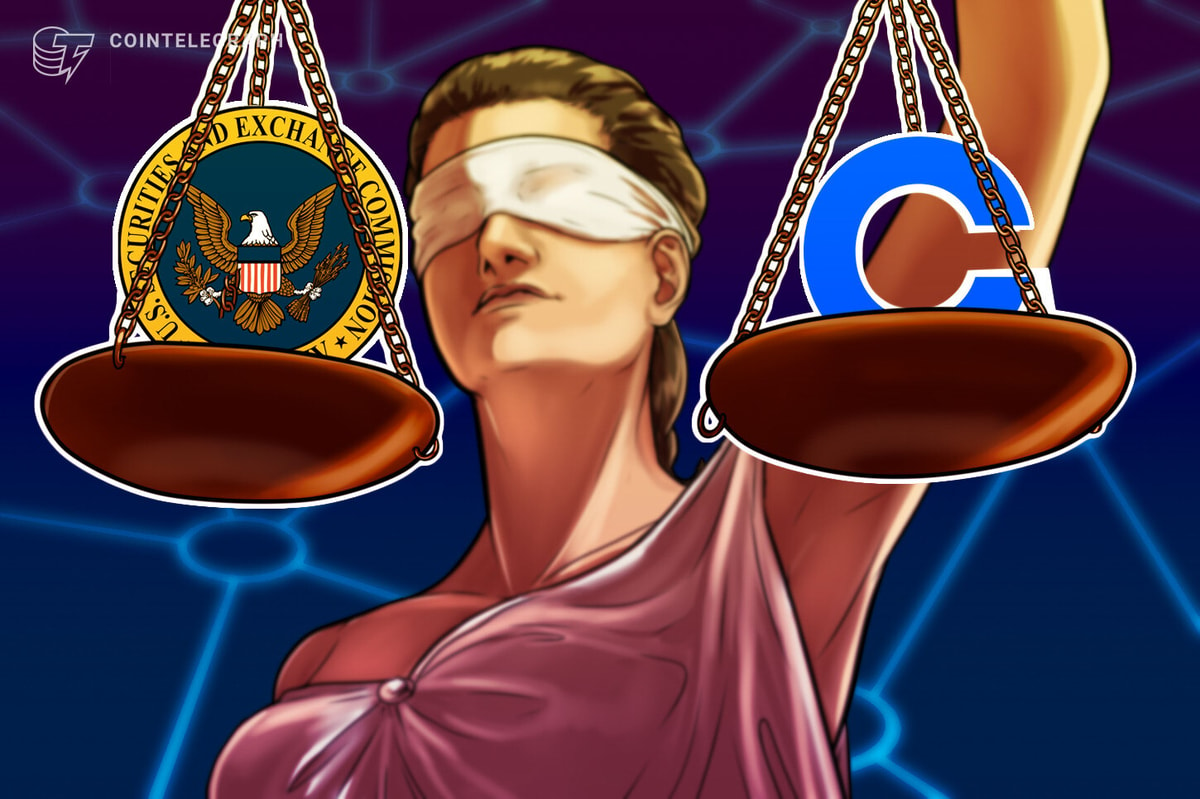Uncharted Waters Origin: Two Years of Adventure
Get ready to hoist the sails and set course for excitement! “Uncharted Waters Origin,” the game that’s been keeping us on the edge of our seats for two years now, is celebrating its anniversary. Let’s dive into the festivities and see what makes this game so special.
Celebrating Two Years of Adventure
Two years might seem like a long time, but for “Uncharted Waters Origin,” it’s just the beginning of a grand voyage. The game has been keeping us engaged with its vast world and rich history, and now it’s time to celebrate!
What’s New? Let’s Explore!
To mark this special occasion, the game has introduced some fantastic new features. Here’s what you can look forward to:
2nd Anniversary Special Attendance
Log in every day to receive exclusive rewards! On your first day, you’ll get the “2nd Anniversary Blessing,” which boosts your fleet speed, selling price surcharge, and reduces repel support consumption for 28 days. Plus, you can earn the “2nd Anniversary Fireworks Salute” title, which gives you a 2% attack power boost when equipped.
Limited Requests and Festival Events
During the anniversary, you can participate in limited requests to earn “2nd Anniversary Celebration Tokens.” Exchange these tokens for unique items like Ernst’s Robe and the Improved Ship of the Line in the 2nd Anniversary Festival Event Shop. And that’s not all – you can also join the Build Festival to construct ships up to Grade 22!
Inn Festival and Community Engagement
The 2nd Anniversary Inn Festival is running until April 1, offering plenty of activities to keep you engaged. Plus, there’s a pre-anniversary event where you can share your expectations and words of encouragement, with 1,000 Blue Gems up for grabs!
A Game That Keeps Us Hooked
“Uncharted Waters Origin” is part of a long-running series that’s been captivating players for decades. Here’s what makes this game so special:
A Realistic Open World
The game is set in the 16th century, with detailed weather conditions and historically accurate elements. You can engage in sailing, trading, combat, and exploration, making for a rich and immersive experience.
Historical Depth and Real-Time Trade System
With 8 national powers, 200 ports, and 60 villages to explore, there’s plenty to discover. The real-time trade system adds a dynamic layer to the game, as you navigate fluctuating market prices.
Creative Freedom and Community
You can create your own stories and follow the chronicles of historical figures, adding a personal touch to the game. The game’s soundtrack, composed by renowned artists, further enhances the immersive experience.
Sailing into the Future
As “Uncharted Waters Origin” celebrates its second anniversary, it’s clear that the game has not only maintained its appeal but continues to evolve with exciting new additions. With special attendance rewards, limited requests, and festivals, there’s something for every player. The game’s commitment to historical accuracy, creative freedom, and community engagement ensures that it remains a beloved adventure for years to come.
uwo.floor.line.games | uwo.floor.line.games | apps.apple.com









